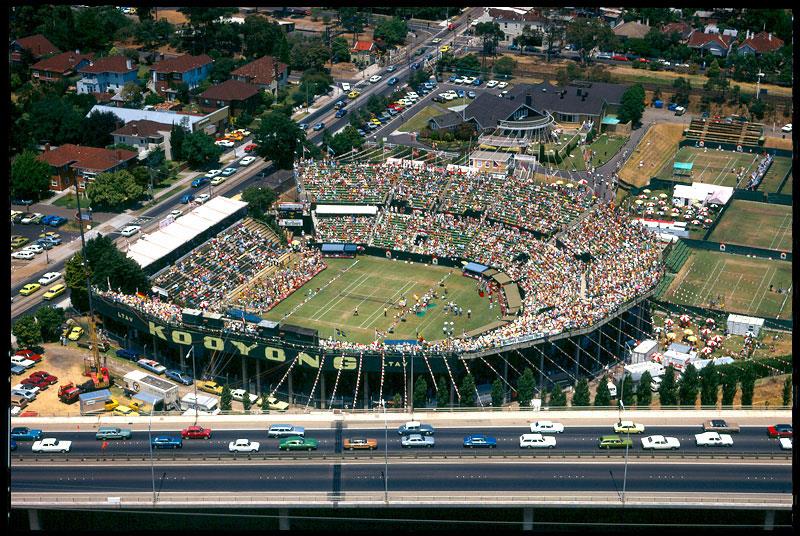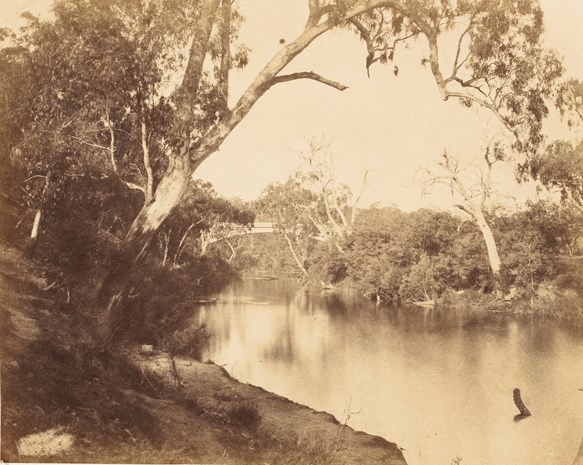Like many of today’s house hunters, the pioneers of tennis in Melbourne had difficulty finding a home of their own.

The Melbourne Cricket Club (MCC) gave a helping hand. It had a tennis section and built some of the early courts, including one of asphalt at the Melbourne Cricket Ground in 1878 – a year after the first Wimbledon.
Australasia’s continuing Davis Cup triumphs boosted public interest in tennis even further; so much so that the Albert Ground courts quickly proved inadequate for the LTAV. Other sites were inspected, but were either unavailable or unsuitable, and so the search was postponed until the end of the First World War.
Then, in 1919, an opportunity occurred to acquire 17 1⁄2 acres in Glenferrie Road, close to Kooyong railway station. The prominent financier and politician William L. Baillieu had bought the land for £175 an acre and was prepared to let the LTAV have it at the same price. The amount came to £3080, on top of which would eventually come the cost of putting down courts, building a clubhouse and stadium, and other works.
A sub-committee that included Norman Brookes investigated the low-lying land, which was prone to flooding from the adjacent Gardiner’s Creek. “Gardiner”, incidentally, was not the creek’s original name. The local Aborigines, in the previous century, called it Kooyong Koot (meaning, “haunt of the wildfowl”). In 1836, John Gardiner drove 400 head of cattle to Kooyong from his property at Yass, in New South Wales. After buying out his partners, he became sole owner of a cattle station centred on Kooyong Koot, with his cottage on a hill that became the site of Scotch College. Gardiner prospered but left the property after surviving an attack by Aborigines.

What mostly concerned the LTAV sub- committee was the repeated threat of flooding. It estimated that it would cost £4000 to drain the ground and protect it from inundations. Two costly floods, in 1923 and 1924, were heartbreaking and seriously delayed the work that needed to be done to convert the swampy, mosquito-and-weed-infested paddock into a Garden of Eden. Another flood, in 1934, would be so huge that Kooyong seemed better equipped to conduct a regatta than a tennis tournament.
Some wondered where all the money would come from.
And, indeed, it was a struggle. Slowly, however, funds were raised by the sale of debentures and assorted forms of membership, including one that offered permanent seating in a yet-to-be built stand. Over the next decade and beyond, funds would be raised by tournaments, by social functions, and by persuading members and others to make donations.
Read more about the history of Kooyong Lawn Tennis Club at http://www.kooyong.com.au/images/library/downloadablefiles/courtside/2010_commemorative.pdf
Or read The History of the Yarra River at https://www.melbournewater.com.au/community-and-education/about-our-water/history-and-heritage/history-our-rivers-and-creeks/history